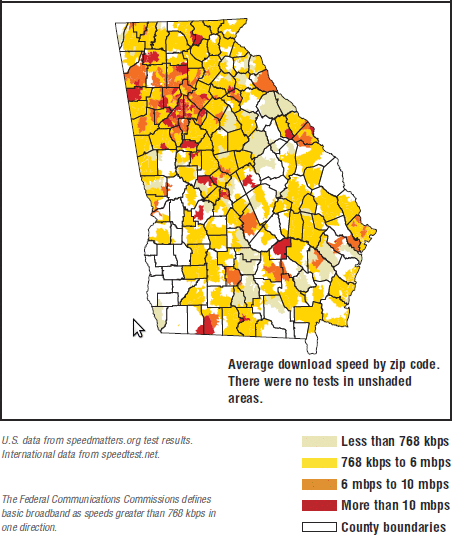Not surprising, but quite possibly not a good idea. Mari Yamaguchi wrote for AP yesterday, Japan powered by nuclear energy again, blamed anew,
Nuclear power returned to Japan’s energy mix for the first time in
two months Thursday, hours before a parliamentary panel blamed the government’s cozy relations with the industry for the meltdowns that prompted the mass shutdown of the nation’s reactors.
Though the report echoes other investigations into last year’s disaster at the Fukushima Dai-ichi plant, it could fuel complaints that Japan is trying to restart nuclear reactors without doing enough to avoid a repeat. Thursday’s resumption of operations at a reactor in Ohi, in western Japan, already had been hotly contested.
Government officials and the utility that runs the Ohi plant announced last month that the No. 3 reactor had passed stringent safety checks and needed to be brought back online to ward off blackouts during the high-demand summer months. Another Ohi reactor, No. 4, is set to restart later this month and the government hopes to restart more of Japan’s 50 working reactors as soon as possible.
“We have finally taken this first step,” said Hideki Toyomatsu, vice president of Kansai Electric Power Co., which operates the Ohi plant. “But it is just a first step.”
Maybe they’re like Southern Company (SO) CEO Thomas A. Fanning,who said he’d Continue reading

















